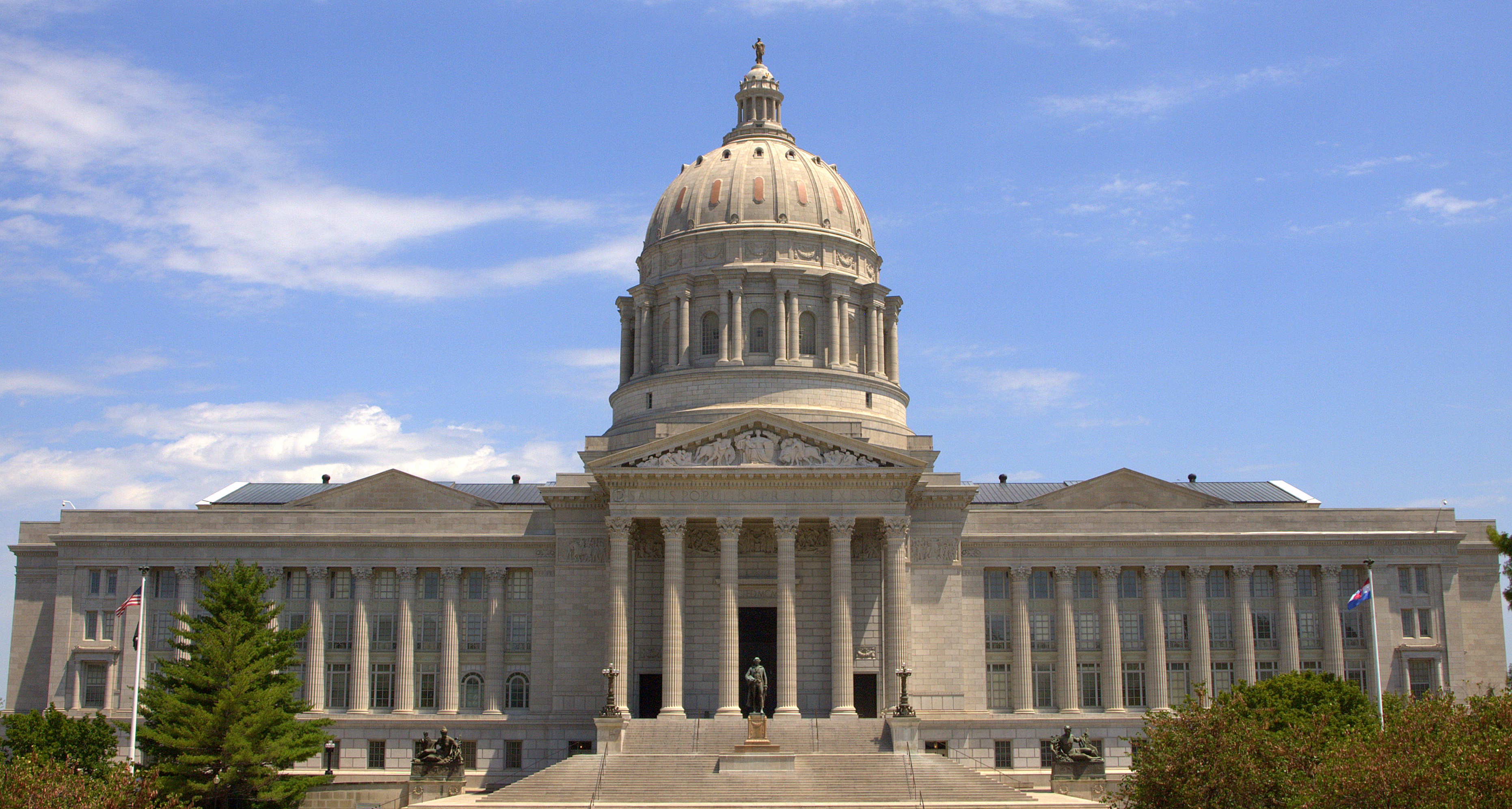Tag: Redistricting
-
Ohio Supreme Court overturns state’s congressional district boundaries; map to still be used for 2022 elections

The Ohio Supreme Court ruled 4-3 on July 19, 2022, that the congressional district boundaries that the Ohio Redistricting Commission adopted on March 2 were unconstitutional. Since the state’s 2022 primary elections were held on May 3 using the overturned districts, this year’s congressional elections will take place using the existing boundaries. The state supreme…
-
Primary watch: number of contested state legislative primaries is up 26% compared to 2020

There are 26% more contested state legislative primaries this year than in 2020, including 56% more Republican primaries and 8% more top-two/four primaries. Democratic primaries are down 8%. These figures include elections in 34 states that account for 4,289 of 6,166 state legislative seats up for election this year (70%). A primary is contested when…
-
Missouri redistricting commission enacted new state House boundaries on January 19

The House Independent Bipartisan Citizens Commission unanimously approved new state House district boundaries on January 19. Fourteen of the commission’s 20 members were required to approve the plan. Two distinct politician commissions are responsible for state legislative redistricting in Missouri—one for the state Senate and another for the state House of Representatives. To form the…
-
Missouri Judicial Redistricting Commission enacted new state Senate boundaries in March

Missouri completed its legislative redistricting on March 15 when the state’s Judicial Redistricting Commission filed new state Senate district boundaries with the secretary of state. Two distinct politician commissions are responsible for state legislative redistricting in Missouri—one for the state Senate and another for the state House of Representatives. To form the Senate commission, the…
-
Missouri enacted new congressional boundaries in May

Missouri enacted new congressional district boundaries on May 18 when Gov. Mike Parson (R) signed them into law. According to Rudi Keller of the Missouri Independent, “No change in the partisan makeup of the Missouri delegation, currently six Republicans and two Democrats, is expected as a result of the map.” Keller also wrote, “nine counties…shifted…
-
Louisiana legislature adjourns special redistricting session without new congressional boundaries, plaintiffs appeal to SCOTUS

The Louisiana legislature adjourned a special redistricting session on June 18 without approving revised congressional district boundaries. Governor John Bel Edwards (D) had called the special session on June 7 after the United States District Court for the Middle District of Louisiana struck down the state’s congressional district map and enjoined the state from using…
-
New York court overturns state Assembly map for 2024; rules existing boundaries be used for this year’s elections

An appellate division of the New York Supreme Court ruled on June 10 that the state’s Assembly district boundaries adopted in February 2022 were invalid but should still be used for the 2022 legislative elections. The appellate division ruling determined that the Assembly district map was enacted in violation of the state’s constitutional redistricting process…
-
Federal appeals court allows ruling overturning Louisiana’s congressional boundaries to remain

On June 12, the United States Court of Appeals for the Fifth Circuit vacated an administrative stay it had issued on June 9 of a federal district court’s ruling that struck down Louisiana’s congressional district boundaries. The Fifth Circuit Court of Appeals also denied motions to stay the district court’s decision pending appeal. As a…
-
Fifth Circuit Court of Appeals stays district court ruling blocking Louisiana’s congressional district map

The United States Court of Appeals for the Fifth Circuit issued an administrative stay on June 9 of a federal district court ruling blocking Louisiana’s congressional district map pending further proceedings. The United States District Court for the Middle District of Louisiana had struck down the state’s congressional district map on June 6 and blocked…
-
Federal court enacts legislative maps for Ohio’s 2022 elections

A ruling issued by the United States Court of Appeals for the 6th Circuit took effect on May 28, ordering the enactment of state legislative maps for Ohio’s 2022 elections and setting the legislative primary date for August 2, 2022. The Ohio Redistricting Commission approved the maps selected by the court in February 2022. The…

